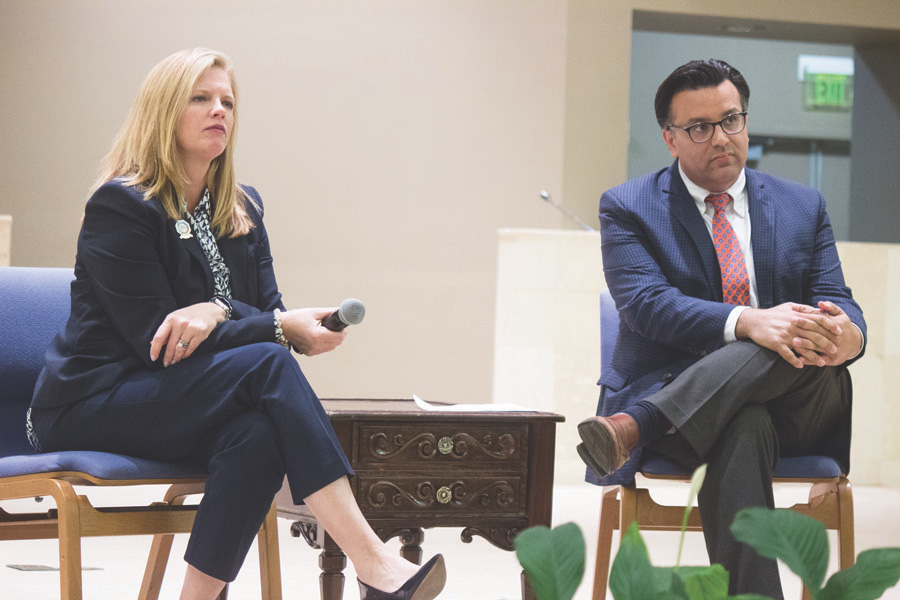Since taking over as the Tampa City council member representing District 7, which includes New Tampa, Luis Viera vowed to try to create a more engaged community by developing local
Attorney Derek Usman says he moved from Chicago to Wesley Chapel in 2015 to be closer to family, bringing his experience in litigation, employment law and business law to the
Occasionally, a younger tennis player will come along with the natural ability to accurately and correctly hit a regulation yellow tennis ball. Most often, however, that is not the case.
The S.R. 56 corridor in Wesley Chapel, while still changing almost daily, has undergone a dramatic transformation over the past few years. And, it looks like S.R. 54 might be
Wesley Chapel resident Parth Madabhushi is carrying on a family tradition. His mother, Sabrina Madabhushi, is a teacher of Bharatanatyam, a classical Indian dance that originated in the Hindu temples



















